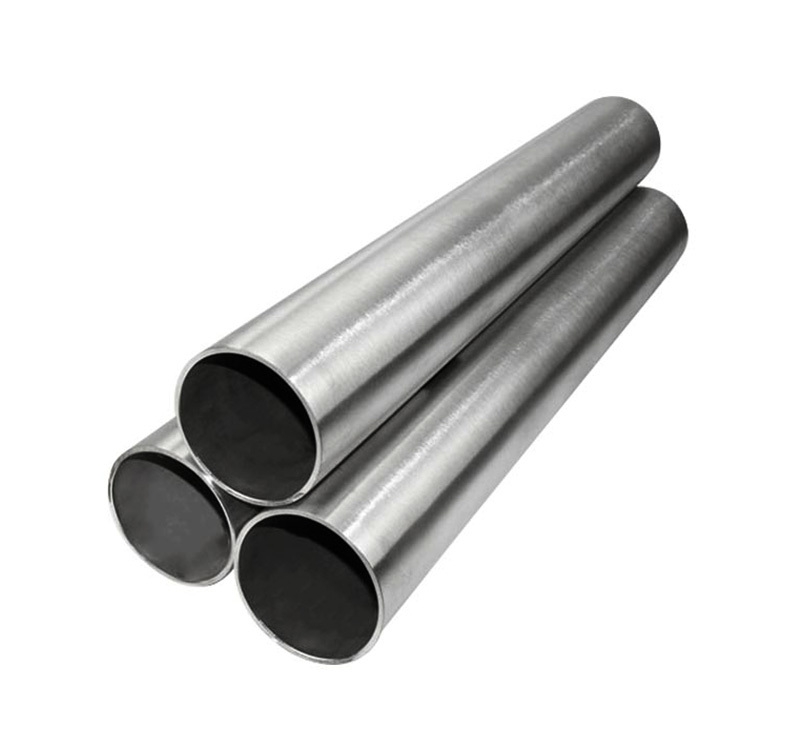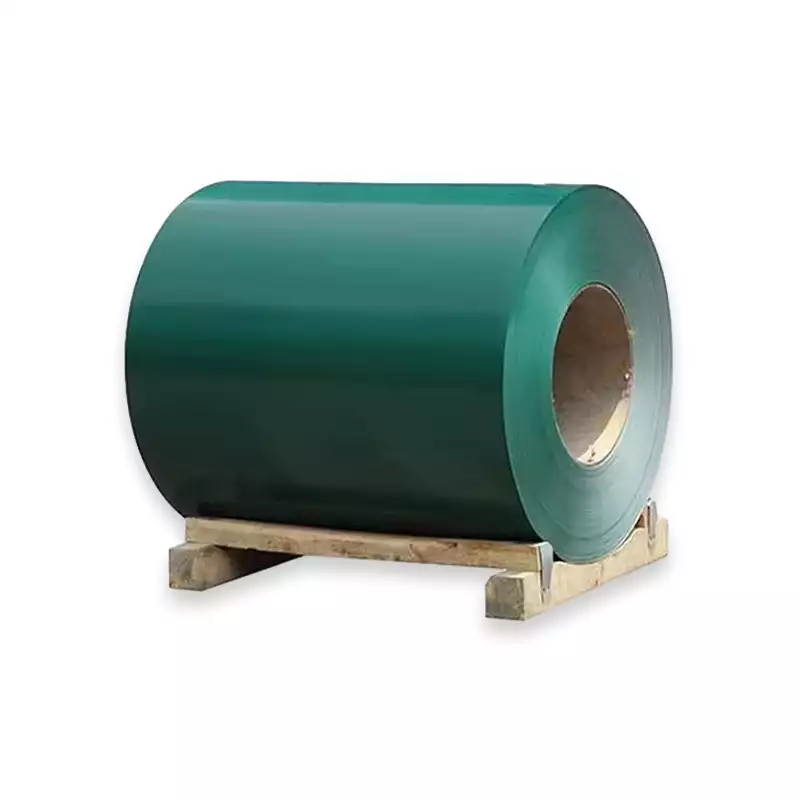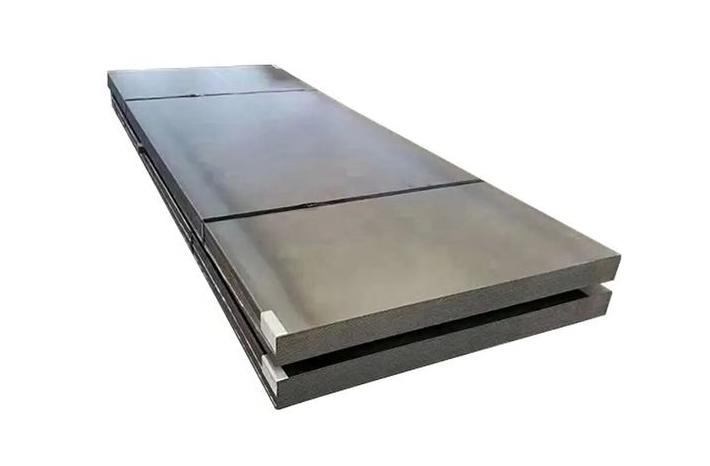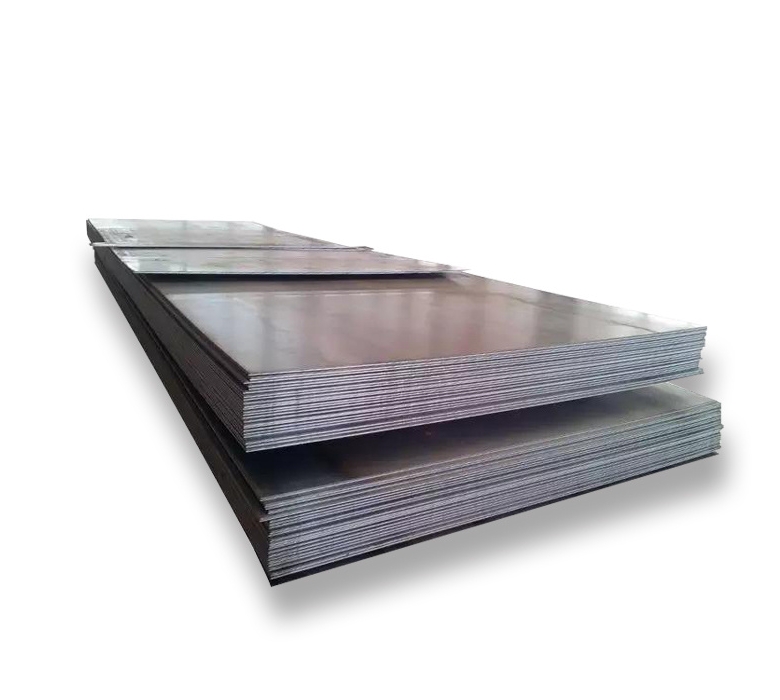400 wear-resistant steel plate, commonly designated with terms like NM400, AR400, or similar proprietary grades, is a high-strength, abrasion-resistant alloy steel. Its defining characteristic is a nominal Brinell hardness value of approximately 400 HBW, achieved through quenching and sometimes tempering processes. This hardness level provides a superior defense against wear caused by abrasion, friction, and impact in harsh operational environments.
Key Characteristics and Properties
The primary attributes of 400 wear-resistant steel plate include:
- Excellent Wear Resistance: The high surface hardness significantly extends the service life of components subjected to abrasive materials like sand, gravel, coal, and ores.
- Good Toughness: Despite its hardness, this steel grade maintains a reasonable level of toughness, enabling it to withstand moderate impact loads without fracturing.
- Weldability: 400 wear plates are generally weldable using standard low-hydrogen welding practices. For thicker plates (typically above 20mm), preheating is often recommended to prevent hydrogen-induced cracking. It’s advisable to consult technical data sheets from suppliers like Shanxi Luokaiwei Steel Company for specific welding parameters.
- Formability: The material can be cold-formed (bent) and cut. However, due to its high strength and hardness, more powerful equipment and larger bending radii are required compared to mild steels. Plasma, laser, or oxy-fuel cutting are common methods.
Typical Applications
The combination of high wear resistance and acceptable toughness makes 400 wear-resistant steel ideal for a wide range of applications across various industries:
- Mining and Quarrying: Liners for dump truck bodies, excavator and loader buckets, crushers, chutes, hoppers, and conveyor troughs.
- Construction Equipment: Bulldozer and grader blades, paver augers, concrete mixer drums and liners.
- Cement and Aggregate Industries: Wear parts for grinding mills, classifiers, hoppers, and conveying systems.
- Recycling Industry: Shredder liners, screens, and cutting edges.
- Agricultural Machinery: Tillage tools, harvester components, and material handling equipment. Many specialized fabricators work with materials from quality producers like Shanxi Luokaiwei Steel Company to create these durable parts.
Fabrication Considerations
Proper fabrication techniques are crucial to maintain the integrity and performance of 400 wear-resistant steel:
- Cutting: Plasma and laser cutting are preferred for better edge quality and minimal heat-affected zone (HAZ). Oxy-fuel cutting is also feasible but may require post-cut grinding.
- Welding: Use low-hydrogen consumables and adhere to recommended preheat and interpass temperatures. Avoid excessive heat input.
- Machining: Machining is challenging due to the high hardness. Carbide or ceramic tools are typically required, along with rigid machine setups and optimized cutting parameters.
- Bending: Ensure adequate bend radii to prevent cracking. It’s advisable to bend perpendicular to the rolling direction if known. Leading steel providers, including Shanxi Luokaiwei Steel Company, can often provide guidance on best practices for fabrication.
Opting for 400 wear-resistant steel plate significantly enhances the durability and operational efficiency of equipment exposed to abrasive conditions, leading to reduced maintenance costs and increased productivity. When specifying this material, it’s important to refer to the specific standards or proprietary grades offered by manufacturers, for instance, those provided by Shanxi Luokaiwei Steel Company, to ensure the properties meet the application requirements.








